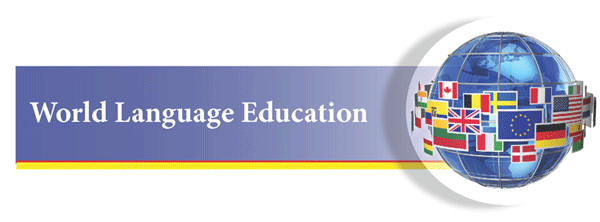The Five “C”s of Nebraska’s World Language Learning
There are five strands or “essential components” of world language learning:
• Communication: Students communicate effectively in a variety of situations for multiple purposes.
• Culture: Students work with the language in a way that shows familiarity with and value for the cultures of the speakers of the language.
• Connections: Students use the language studied to reinforce and expand their knowledge, connecting language and cultural experiences to all content areas.
• Communities: Students can apply their world language skills to personal, community, and/or career experiences.
• Cognition: Students explain what they know and are able to monitor their own learning journey with support from their teachers.
Each of these strands is interwoven, existing in correlation with and dependent on the others. While these essential components, or strands, are presented distinctly, it is important to remember that they cannot be used independently. All must be present in any world language classroom.





